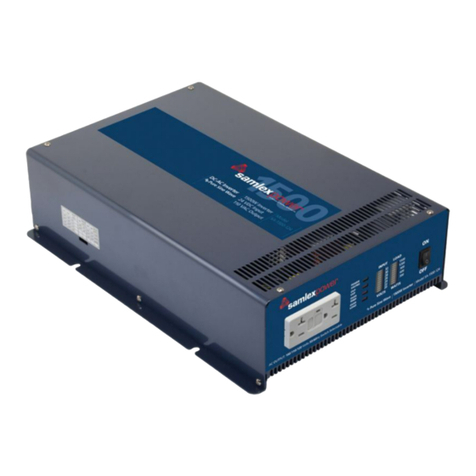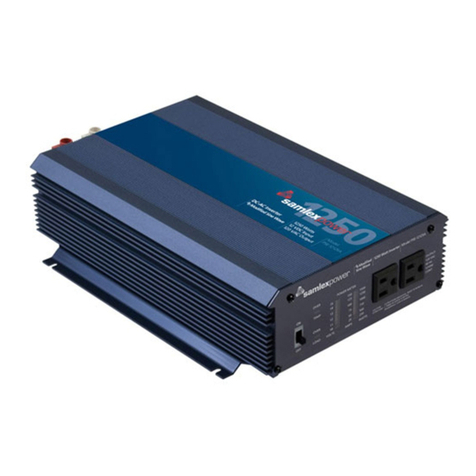Samlexpower SAM-1500C-12 User manual
Other Samlexpower Inverter manuals

Samlexpower
Samlexpower samlexsolar SPB-EXPLORE200 User manual
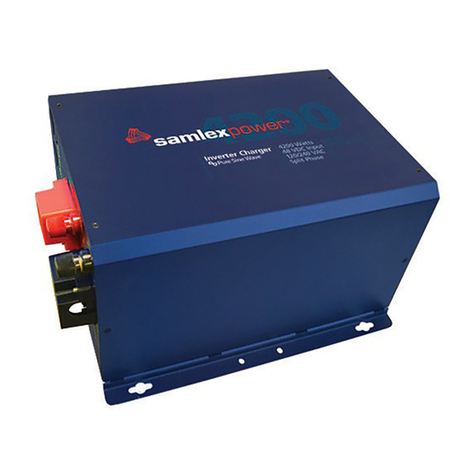
Samlexpower
Samlexpower Evolution EVO-4248SP User manual
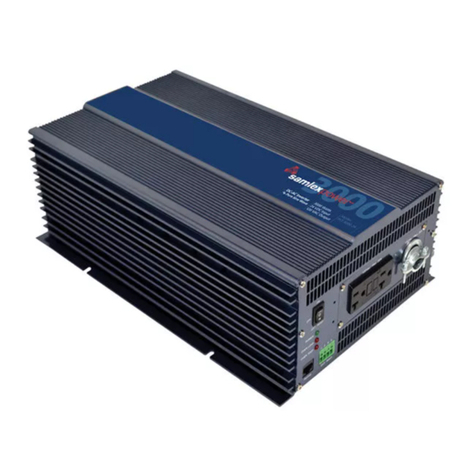
Samlexpower
Samlexpower PST-3000-12 User manual
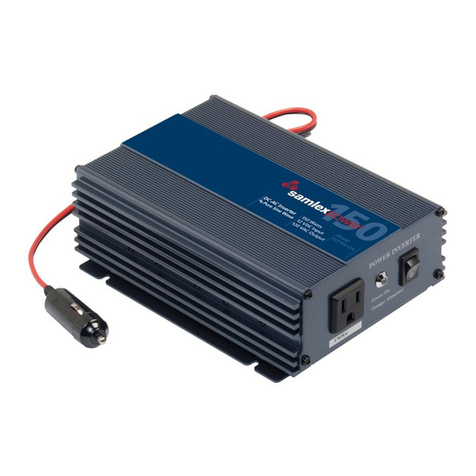
Samlexpower
Samlexpower PST-15S-12A User manual
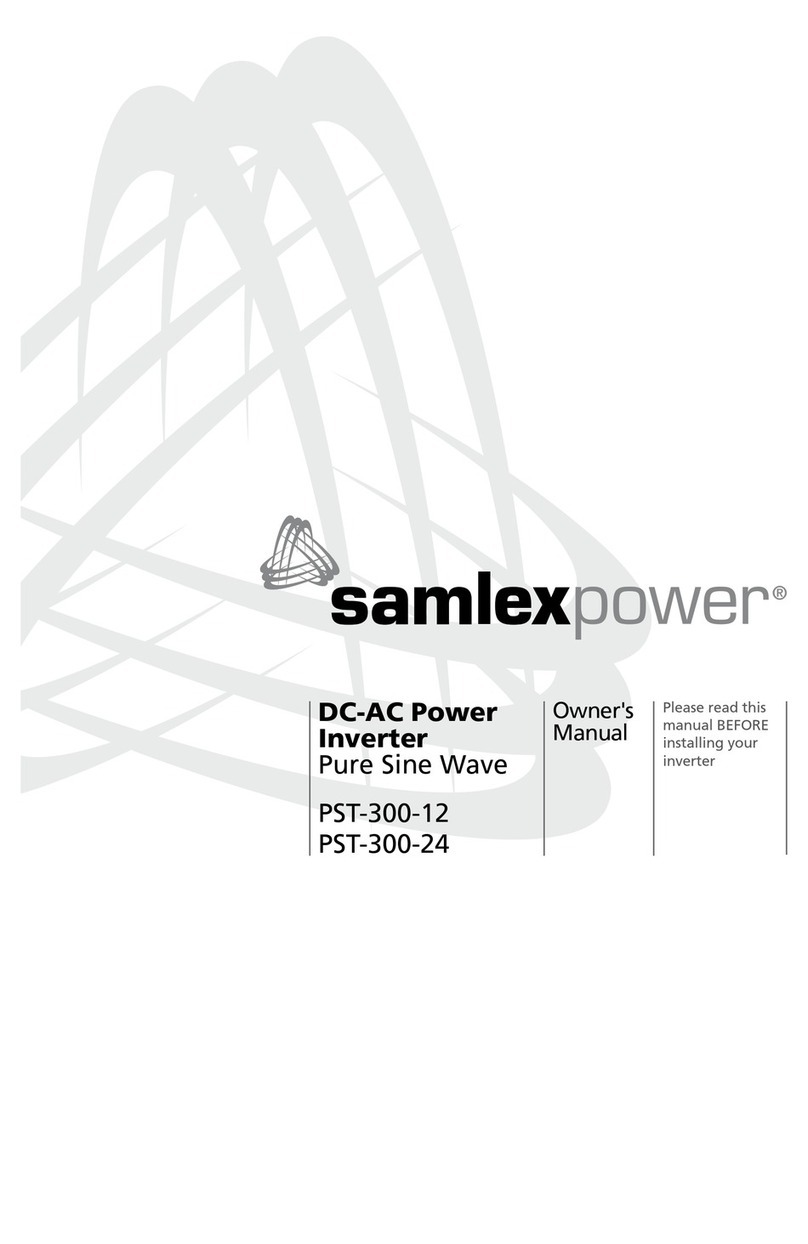
Samlexpower
Samlexpower PST-300-12 User manual

Samlexpower
Samlexpower SI-750HP User manual

Samlexpower
Samlexpower Soleil 2000-120 User manual

Samlexpower
Samlexpower PST-120-12 User manual
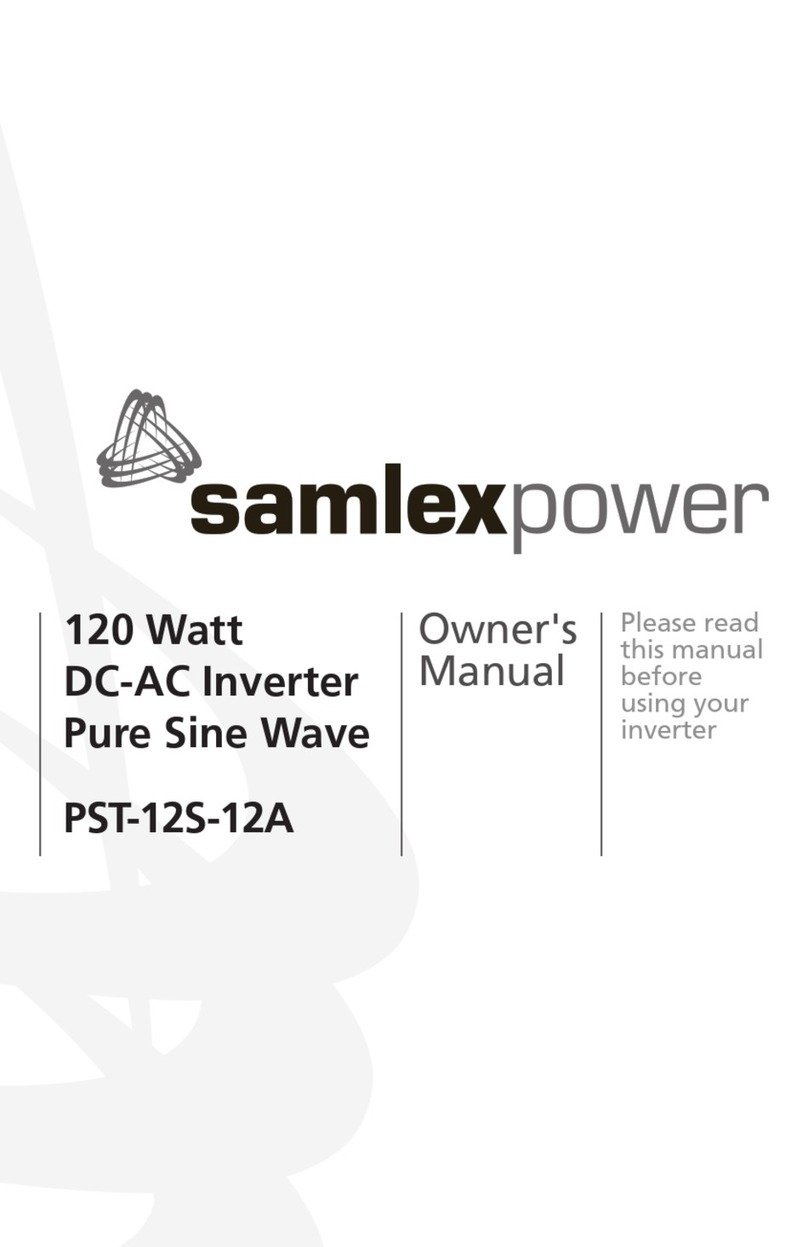
Samlexpower
Samlexpower PST-12S-12A User manual
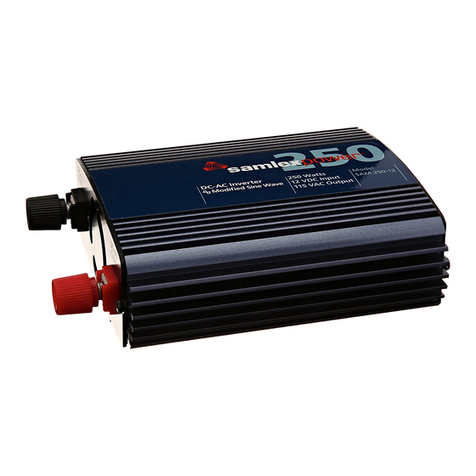
Samlexpower
Samlexpower SAM-250-12 User manual

Samlexpower
Samlexpower PST-12S-12A User manual
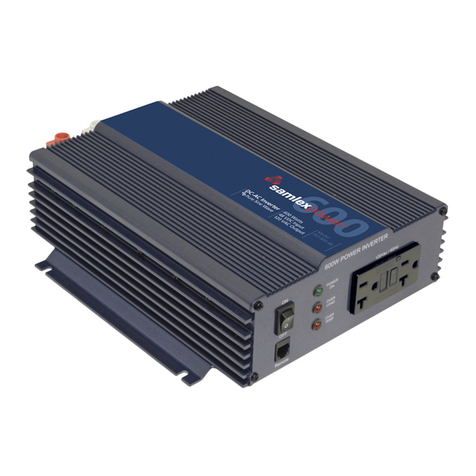
Samlexpower
Samlexpower PST-600-48 User manual

Samlexpower
Samlexpower SAM-250-12 User manual
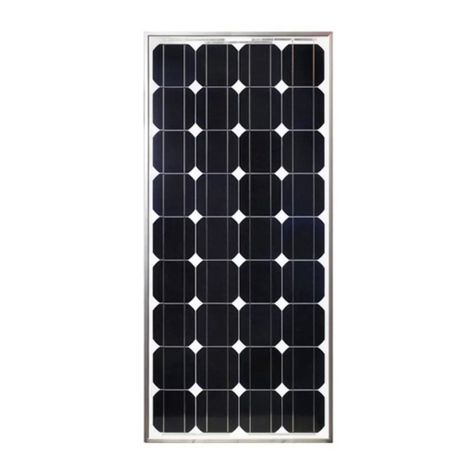
Samlexpower
Samlexpower Samlex Solar SSP-100-KIT User manual
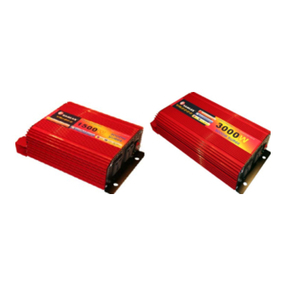
Samlexpower
Samlexpower SI-A1-VR1500 User manual
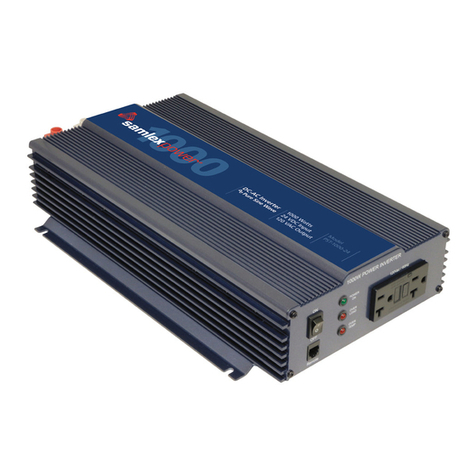
Samlexpower
Samlexpower PST-1000-12 User manual
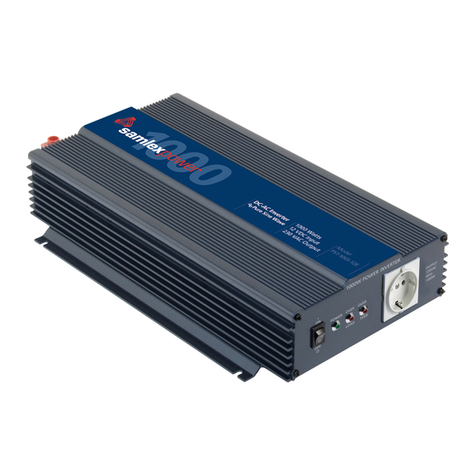
Samlexpower
Samlexpower 60S-12A User manual
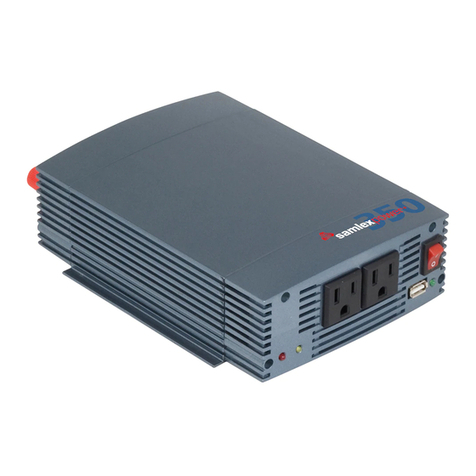
Samlexpower
Samlexpower SSW-350-12A User manual
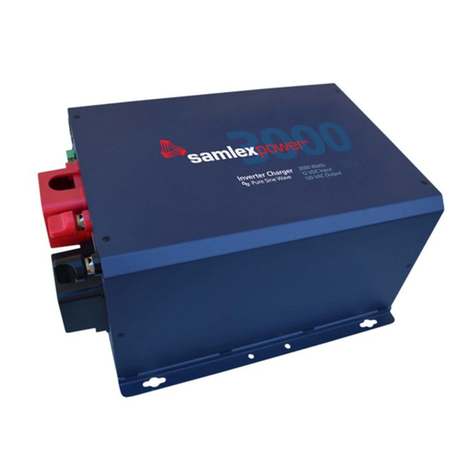
Samlexpower
Samlexpower Evolution EVO-2212 User manual

Samlexpower
Samlexpower PST-100S-12A User manual
Popular Inverter manuals by other brands

BARRON
BARRON EXITRONIX Tucson Micro Series installation instructions

Baumer
Baumer HUBNER TDP 0,2 Series Mounting and operating instructions

electroil
electroil ITTPD11W-RS-BC Operation and Maintenance Handbook

Silicon Solar
Silicon Solar TPS555-1230 instruction manual

Mission Critical
Mission Critical Xantrex Freedom SW-RVC owner's guide

HP
HP 3312A Operating and service manual

